If you’re sitting in science class, science can seem kind of boring. But when you start to look around at all the weird science that our universe is filled with, you might change your tune. Here is a compilation of the weird and bizarre science facts that makes our world strange and beautiful. These weird science facts aren’t just a collection of random curiosities; they’re a testament to the incredible wonders that science reveals every day. Whether you’re a science aficionado or just someone who’s curious about the extraordinary, get ready to be amazed, amused, and enlightened by the bizarre and fascinating realities that make up our universe.
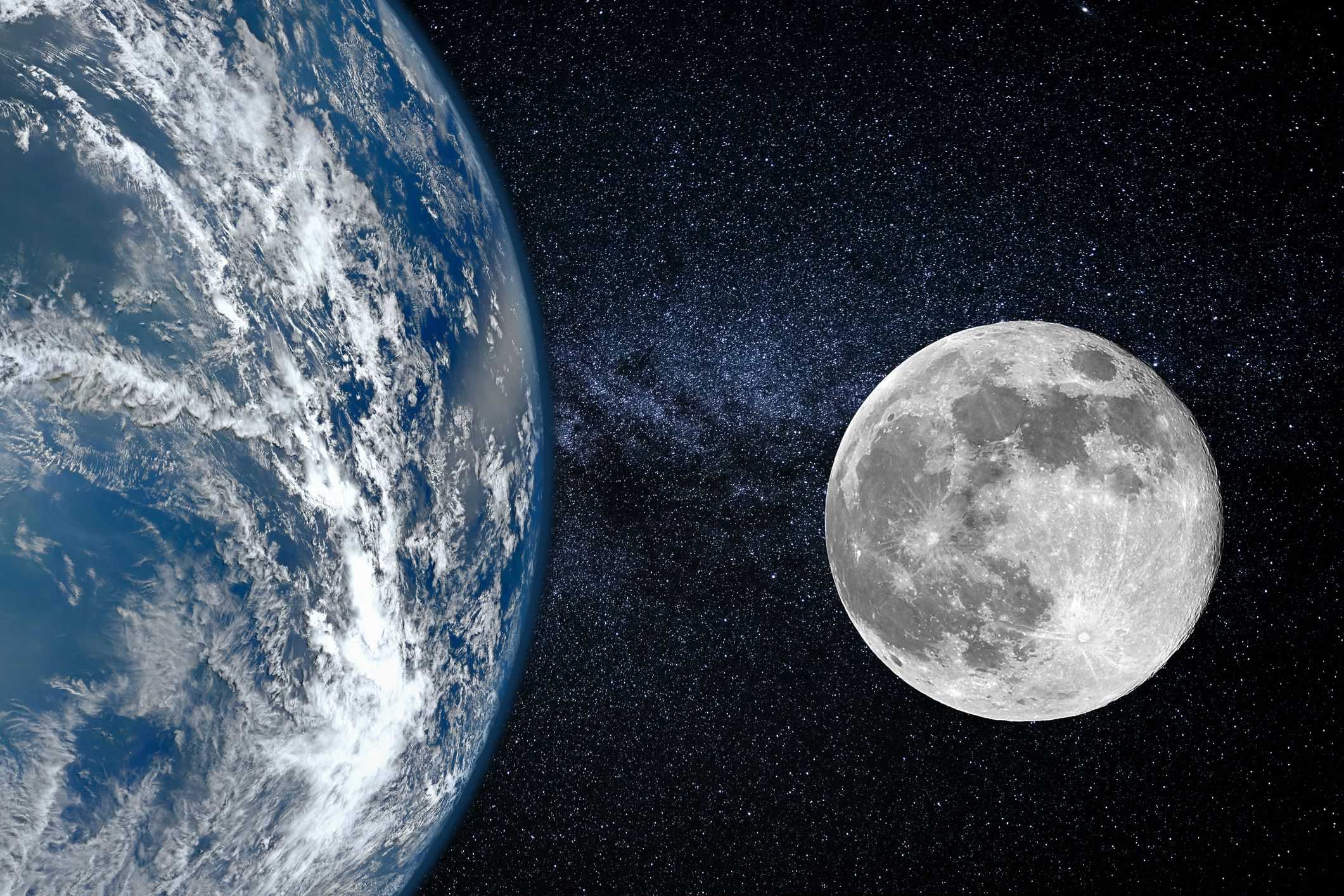
The Moon is Gradually Moving Away from Earth
The Moon and Earth share a dynamic relationship. Over time, it has been discovered that the Moon is gradually moving away from our planet. This phenomenon is caused by the transfer of angular momentum from Earth’s rotation to the Moon’s orbit due to tidal forces. Approximately 3.8 billion years ago, the Moon was much closer to Earth, and its influence on our planet’s tides was significantly stronger. Currently, the Moon is receding from Earth at a rate of about 3.8 centimeters (1.5 inches) per year. While this process won’t have an immediate impact on Earth, it does have implications for the distant future, such as potentially longer days and different tidal patterns.

Honey Never Spoils
Honey is one of nature’s most remarkable preservatives. Archaeologists have found pots of honey in ancient Egyptian tombs that are over 3,000 years old and still perfectly edible. Honey’s unique properties make it resistant to spoilage. It has low water content, high acidity, and produces hydrogen peroxide when exposed to moisture, all of which deter the growth of microorganisms. Additionally, honey’s thick, viscous texture helps create a barrier that seals out air and prevents spoilage. This exceptional preservation quality makes honey a fascinating substance that has been cherished for millennia.
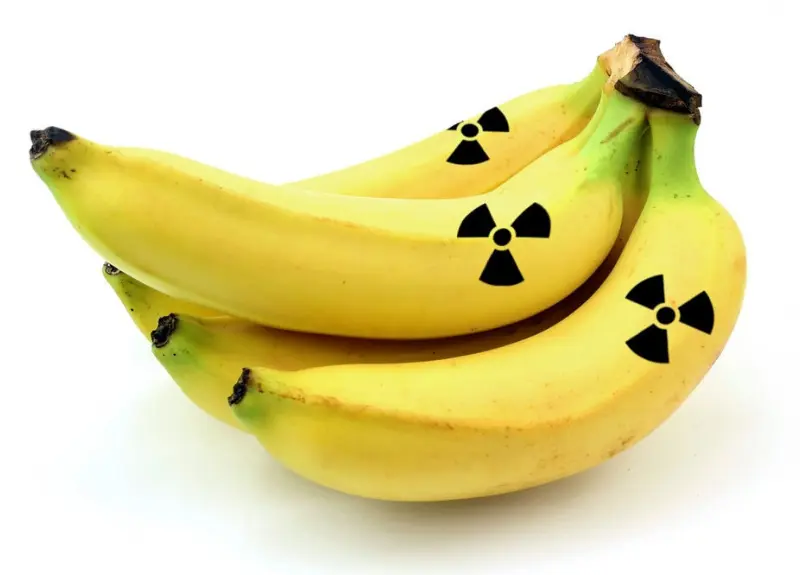
Bananas are Naturally Radioactive
Bananas contain potassium, a mineral that is essential for our bodies but also happens to be weakly radioactive. Most potassium is stable, but about 0.01% of natural potassium consists of the radioactive isotope potassium-40. Don’t be alarmed; the radioactivity in bananas is so low that it poses no risk to human health. You would need to consume an enormous amount of bananas in a short time to experience any significant radiation exposure. In fact, you receive more radiation from everyday sources like the soil, the sun, and even some building materials. Bananas are a tasty source of potassium, and their radioactivity is nothing to worry about.

Octopuses have Three Hearts
Octopuses are fascinating marine creatures known for their intelligence and unique anatomy. They have three hearts: two branchial hearts and one systemic heart. The two branchial hearts are responsible for pumping blood through the gills to oxygenate it, while the systemic heart pumps oxygenated blood to the rest of the body. This intricate circulatory system helps octopuses adapt to their underwater environments, where oxygen levels can vary. The systemic heart, which is the largest, plays a central role in distributing oxygen and nutrients throughout the octopus’s body, allowing them to exhibit their complex behaviors and display their remarkable adaptability in the ocean.

The Eiffel Tower Can Be 15 cm Taller During the Summer
The Eiffel Tower, an iconic symbol of Paris, experiences a noticeable change in height due to temperature fluctuations. When the steel structure is exposed to the heat of the summer sun, the iron expands, causing the tower to grow taller. Conversely, during cold winters, the iron contracts, making the tower slightly shorter. This temperature-induced height variation can be as much as 15 centimeters (nearly 6 inches). The Eiffel Tower’s unique response to temperature changes is a testament to the principles of thermal expansion and contraction and adds an interesting dimension to the famous landmark. Visitors might be surprised to find that the tower’s height isn’t constant throughout the year.

The Smell of Freshly Cut Grass is Actually a Plant Distress Call
When you mow the lawn, that pleasant scent you detect is, surprisingly, a form of botanical distress signal. The distinctive “freshly cut grass” odor comes from a group of compounds released by damaged grass. These chemicals are part of a plant’s natural defense mechanisms and can act as a warning to nearby vegetation to prepare for potential threats. Researchers believe that this aroma may help neighboring plants initiate protective responses, such as producing compounds to repel herbivores. This phenomenon showcases the remarkable interplay between plants and their environment, as they communicate through chemical signals to adapt and survive in a constantly changing world.
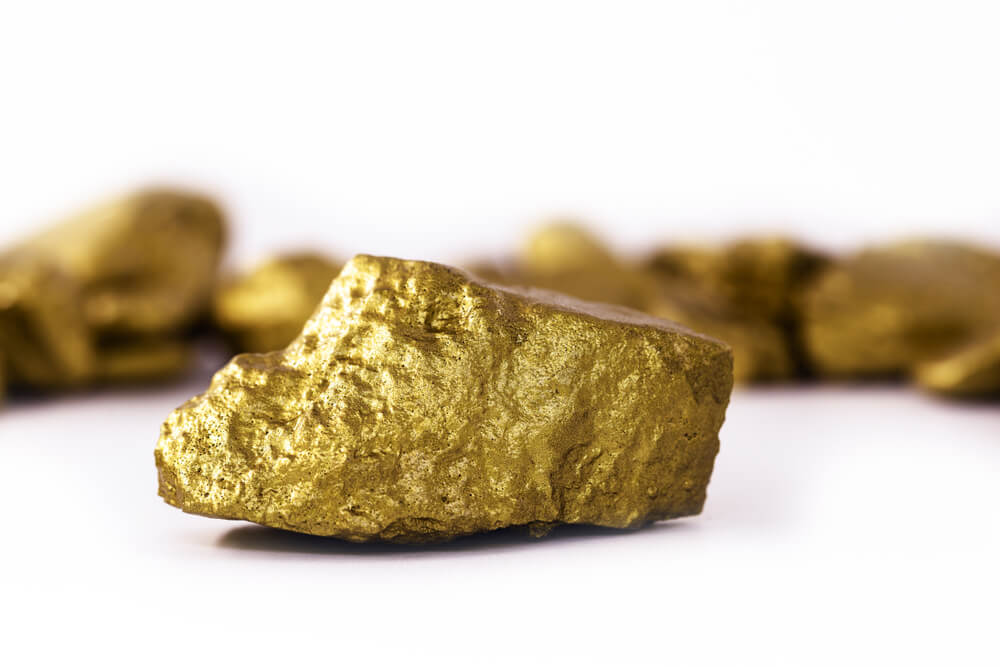
There is Enough Gold in the Earth’s Core to Coat its Surface in 1.5 feet of It
Gold, a precious and scarce metal, is primarily sought after on the Earth’s surface, but there’s a significant stash deep within the planet’s core. Estimates suggest that the Earth’s core contains an astonishing amount of gold, enough to create a layer approximately 1.5 feet thick over the entire surface of the Earth. This abundance might sound like an enticing opportunity, but the practicality of extracting gold from the core poses formidable challenges. The Earth’s core lies thousands of kilometers beneath our feet, making it completely inaccessible using current technology. Moreover, the conditions in the core are extremely hostile, with temperatures soaring to thousands of degrees and immense pressures far beyond what human-made machinery can endure. While the idea of a golden core may spark the imagination, the reality of obtaining this precious metal from such depths remains firmly out of reach.

Some People Can See More Shades of Colors than Others
Human color vision relies on three types of color receptors called cones, which enable most people to perceive a broad spectrum of colors. However, a small fraction of individuals, known as tetrachromats, possess a fourth type of cone. This unique characteristic endows them with the ability to perceive an even wider range of colors and subtle nuances in the visual world. Tetrachromacy is a rare genetic trait, and our understanding of it remains incomplete, but it illuminates the remarkable variability in human perceptual abilities. These individuals may see colors that are imperceptible to most of us, offering a glimpse into the complex and multifaceted nature of human vision and its potential for diversity.

The Average Person’s Body Carries About 1-2 kilograms of Bacteria
The human microbiome comprises an extensive and diverse community of microorganisms residing in and on the human body. Remarkably, an average person’s microbiome can weigh between 1 to 2 kilograms, surpassing the number of human cells they harbor. These microorganisms are not mere passengers; they actively contribute to a wide array of bodily processes, including digestion, immunity, and even mood regulation. This intricate interplay between the human body and its microbiome is the subject of intense scientific research. Unraveling the complexities of this relationship has profound implications for our understanding of health and well-being. It underscores the pivotal role these microorganisms play in maintaining our physiological balance and points toward new avenues for therapeutic interventions in various medical fields.
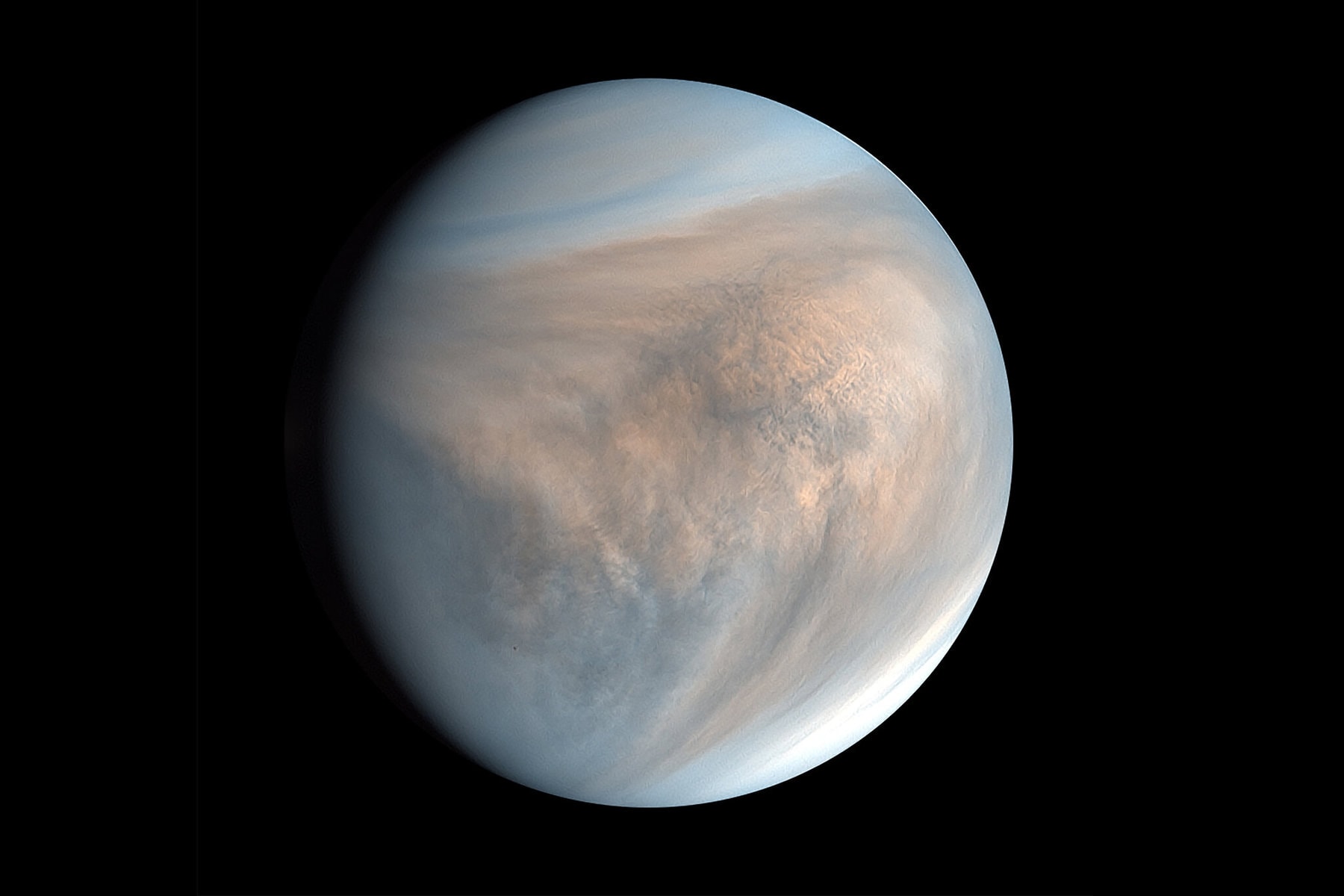
A Day on Venus is Longer Than its Year
Venus, frequently labeled Earth’s “sister planet” because of its comparable size and composition, exhibits a striking deviation in its rotation pattern. It rotates remarkably slowly on its axis, necessitating roughly 243 Earth days to complete just one full rotation. Intriguingly, its orbit around the Sun is considerably shorter, taking approximately 225 Earth days. This peculiar situation results in a remarkable quirk: a day on Venus, defined as a full rotation, is actually longer than a year on Venus. Moreover, Venus boasts a harsh environment. It harbors a thick and toxic atmosphere, characterized by an overwhelming greenhouse effect that elevates temperatures to scorching levels. Surface conditions are unbearable, with temperatures soaring high enough to melt lead, and the atmospheric pressure is about 92 times that of Earth, making Venus one of the most hostile and inhospitable places within our solar system.

The World’s Oldest Known Creature is a 5,000-year-old Seagrass Meadow
In the Mediterranean Sea, off the coast of Ibiza, there exists a remarkable seagrass meadow known as Posidonia oceanica. This seagrass meadow is considered one of the oldest living organisms on Earth, estimated to be around 100,000 years old. It covers an area of roughly 2,000 square miles and consists of genetically identical individual plants, creating a vast, interconnected network of life on the seafloor. The meadow plays a vital role in supporting marine ecosystems and helps protect coastlines from erosion. It’s a testament to the incredible longevity of some of Earth’s natural systems.
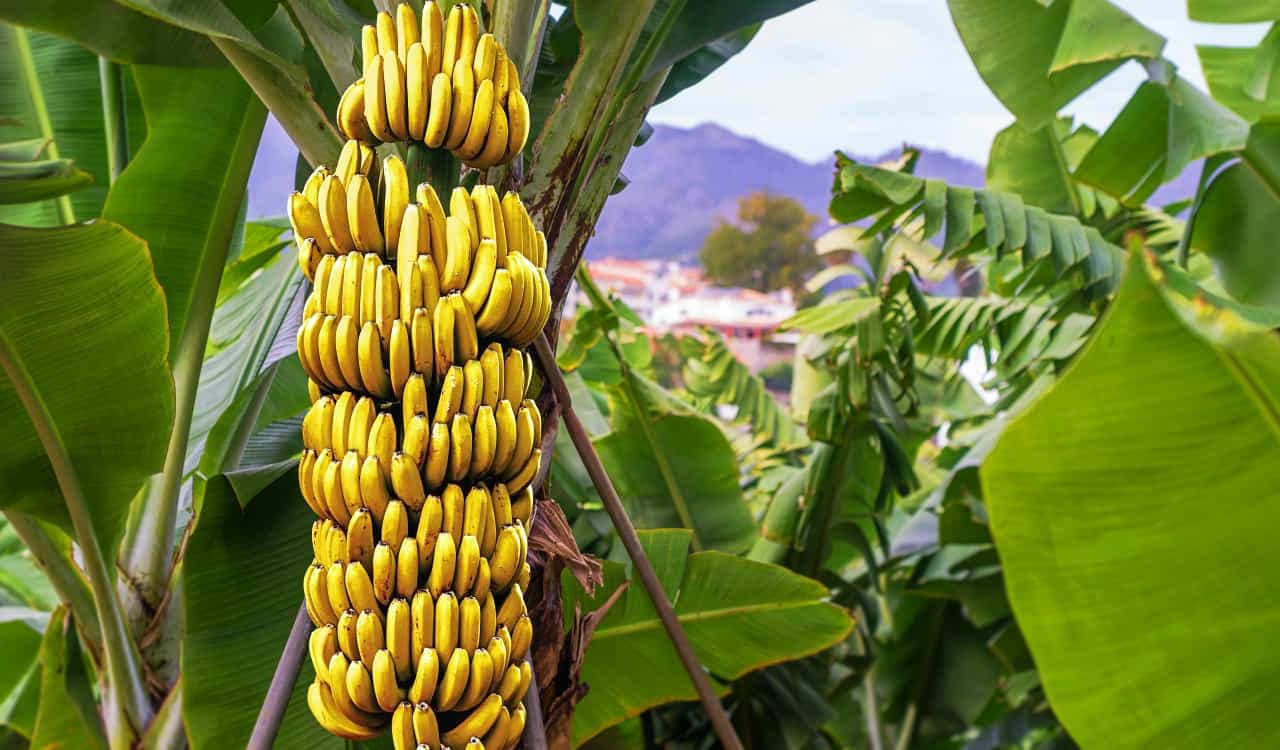
Humans Share 50% of Their DNA with Bananas
Genetics offers a fascinating perspective on the interconnectedness of all life on Earth. It’s astonishing to note that humans share approximately 50% of their DNA with bananas, even though these two species differ significantly in terms of appearance and function. This genetic commonality stems from the principle that all life on our planet shares a common ancestry. Within our DNA, there are numerous genes and sequences that exhibit fundamental similarities, despite the immense diversity of life forms. This genetic connection emphasizes the idea that the building blocks of life are shared across species, underscoring the unity of all living organisms on Earth. It serves as a reminder of the intricate web of life and the ancient evolutionary journey that has shaped the planet’s biodiversity.

It’s Impossible to Hum More Than a Couple Seconds While Holding Your Nose
Here’s a fun and weird fact about the human body: it’s impossible to hum while holding your nose shut. When you hold your nose, you block the airflow required to produce sound. Humming, singing, or speaking relies on the passage of air through your vocal cords, and this can’t happen if your nose is pinched shut. Try it yourself; it’s a simple experiment that demonstrates the relationship between your nose and your ability to produce certain sounds.

The Largest Living Thing on Earth is a Fungus that Covers 2,200 Acres
We already covered the oldest living organism on earth. The largest living organism on Earth is not a giant tree or an enormous animal – but a fungus. In eastern Oregon’s Malheur National Forest, there exists a massive fungal network known as Armillaria ostoyae. This organism covers more than 2,200 acres and is estimated to be thousands of years old. It primarily consists of an underground network of mycelium, the vegetative part of a fungus. While the individual mushrooms that pop up may seem separate, they are all interconnected by this vast underground network, making it the largest living organism known to science.

There’s a Metal that’s So Reactive it Can Explode When Exposed to Water
Cesium is a highly reactive metal and a member of the alkali metal group on the periodic table. It’s so reactive that it can explode when exposed to water. When cesium comes into contact with water, it undergoes a violent reaction, producing hydrogen gas and enough heat to ignite the hydrogen, resulting in a fiery explosion. Due to its extreme reactivity, cesium is stored and handled with great care in specialized environments, making it one of the most reactive elements known to science. It’s a fascinating example of the surprising and sometimes hazardous behavior of certain chemical elements.

The Speed of Light is Not Constant
The speed of light in a vacuum is a fundamental constant of the universe, approximately 299,792,458 meters per second. However, when light passes through different materials, such as water or glass, it slows down. This phenomenon is due to the interaction of photons with the atoms and molecules in the substance, causing them to be absorbed and re-emitted. The speed of light in a medium is described by the refractive index of that material. This is the basis for the bending or refraction of light as it enters a different medium, like water or a glass lens. It’s a fascinating demonstration of how the behavior of light can change in different environments.
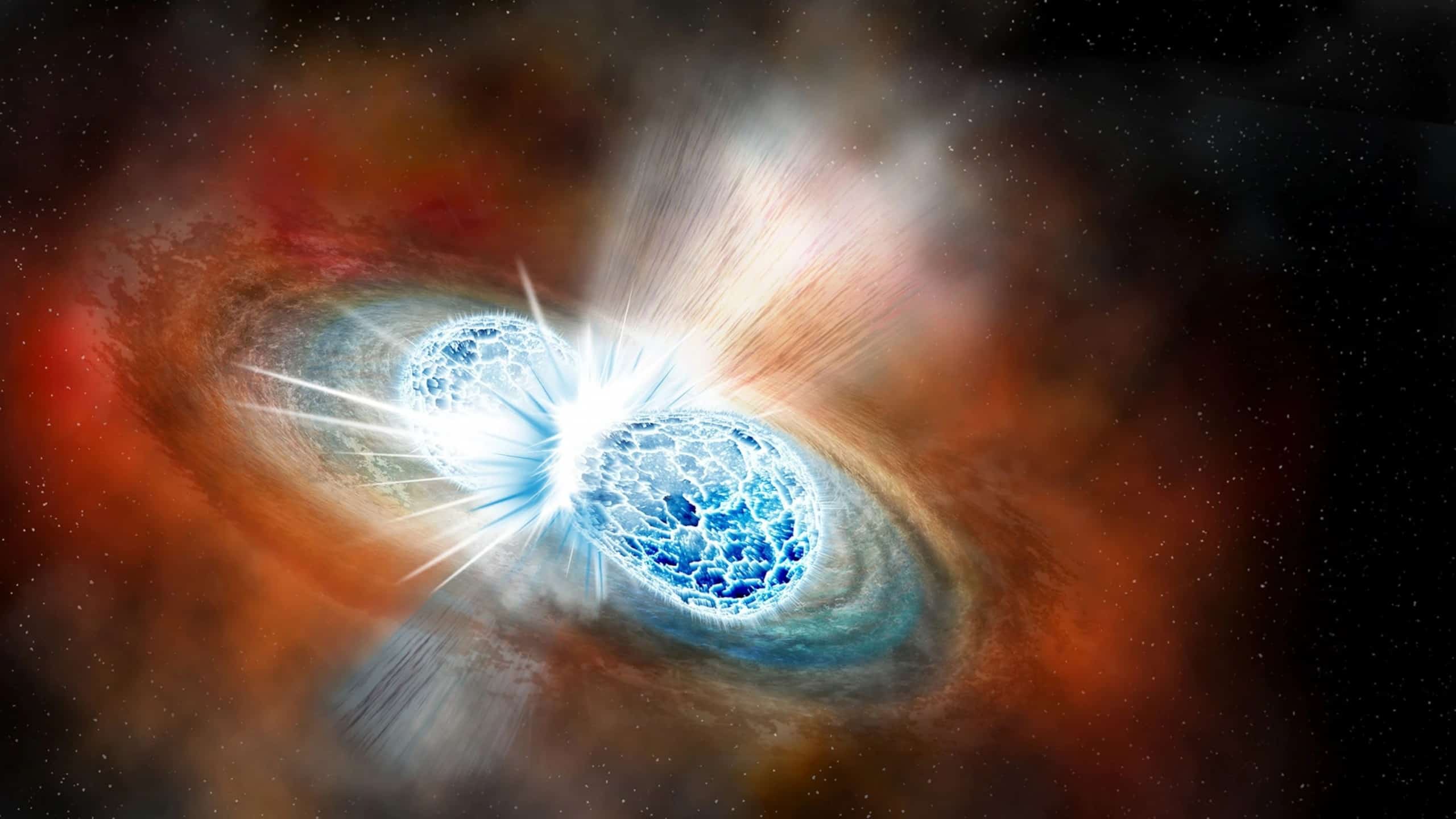
A Teaspoon of a Neutron Star Would Weigh About 6 Billion Tons
Neutron stars are incredibly dense remnants of massive stars that have undergone a supernova explosion. The material in a neutron star is so densely packed that a mere teaspoon of it would weigh as much as approximately 6 billion tons on Earth. This is because the gravitational force on a neutron star’s surface is extraordinarily intense. The core of a neutron star is composed almost entirely of neutrons, and the pressure is so immense that it prevents the star from collapsing further into a black hole. This staggering mass-to-volume ratio is a remarkable example of the extreme conditions in the universe.
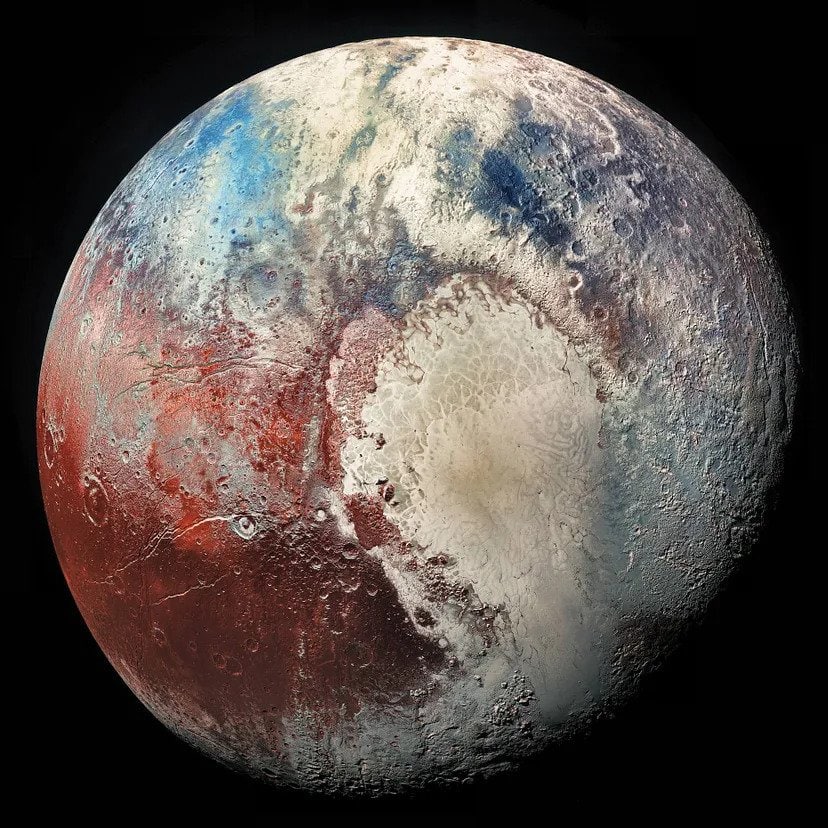
A Day on Pluto is Just 6.4 Earth Days Long
Pluto, once considered the ninth planet in our solar system, has a peculiar rotation. Unlike most planets, Pluto rotates very slowly, with a day that lasts just 6.4 Earth days. That’s not much compared to a day on Venus. Additionally, it has a highly eccentric and tilted orbit, which means that the length of its day and year can vary depending on its position in its orbit. This unique relationship between its rotation and orbit is one of the reasons Pluto was reclassified as a dwarf planet. Despite its small size and remote location in the Kuiper Belt, Pluto continues to intrigue scientists and astronomers.
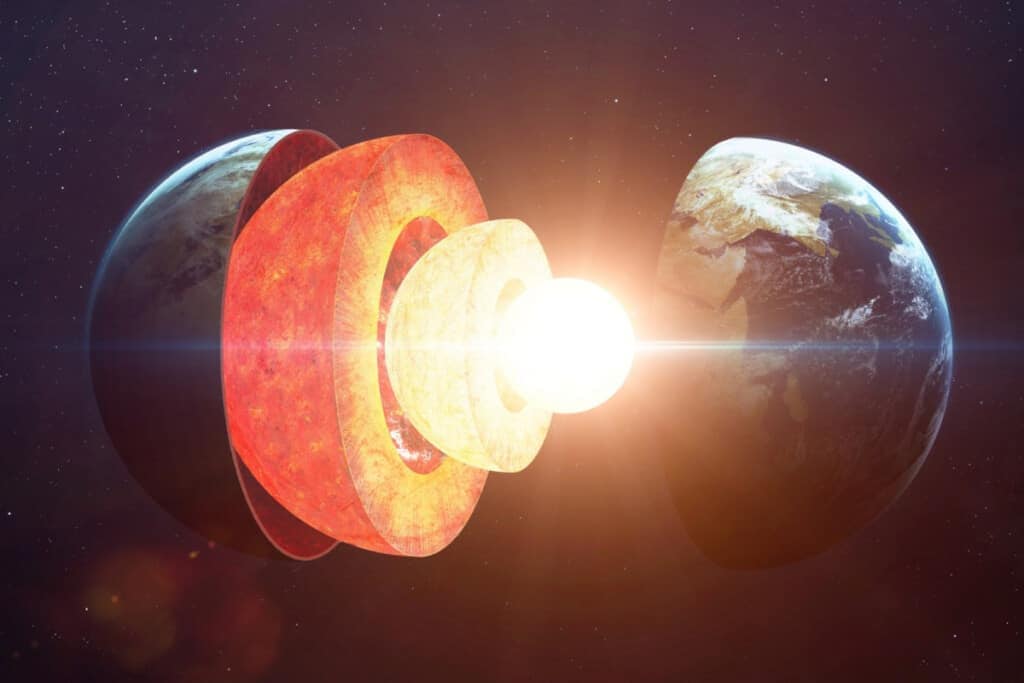
The Earth’s Core is Hotter Than the Surface of the Sun
The Earth’s core, located deep beneath the planet’s surface, is incredibly hot. The inner core, primarily composed of iron and nickel, can reach temperatures of up to 5,700 degrees Celsius (10,300 degrees Fahrenheit). In comparison, the surface of the Sun, which we perceive as extremely hot, has temperatures of around 5,500 degrees Celsius (9,932 degrees Fahrenheit). The core’s intense heat is generated by the decay of radioactive isotopes and the residual heat from the Earth’s formation. This extreme heat plays a crucial role in the geophysical processes that drive Earth’s magnetic field and the movement of tectonic plates.

Cats Can Make Over 100 Different Sounds
Cats are known for their vocalizations, and they have a remarkable ability to produce a wide range of sounds. While they are not as proficient as dogs in barking, cats can make over 100 different vocalizations, including meows, purrs, hisses, growls, and chirps. Each sound conveys specific information, and cats use their vocal repertoire to communicate with their owners, other cats, and even prey. The diversity of cat vocalizations is a fascinating aspect of feline behavior and language, and it’s an area of ongoing research in animal communication. Understanding these sounds can help cat owners better interpret their pets’ needs and emotions.

There’s an “Immortal” Jellyfish that Can Revert Back to its Juvenile Form
The Turritopsis dohrnii, commonly known as the “immortal” jellyfish, has a unique ability to revert back to its juvenile form after reaching maturity. This process is known as transdifferentiation, and it allows the jellyfish to essentially start its life cycle over again. When it encounters unfavorable conditions, such as predation, illness, or food scarcity, it can transform its adult cells into specialized cells, effectively reversing its aging. This remarkable biological adaptation has earned it the nickname “immortal” because, in theory, it can continue this cycle indefinitely. While it’s not truly immortal, it is a testament to the incredible adaptability of some creatures in the natural world.

If You Could Fold a Piece of Paper 42 times, it Would Reach the Moon
The notion of folding a piece of paper enough times to reach the Moon may sound absurd, but it’s an intriguing example of exponential growth. In theory, if you could fold a standard sheet of paper in half 42 times without any physical limitations, it would reach a height of approximately 384,400 kilometers (about 238,855 miles) – the average distance from the Earth to the Moon. However, in reality, it’s impossible to fold a piece of paper more than about 7-13 times due to the constraints of the material and the limitations of human strength. This paper-folding concept highlights the surprising results that can emerge from exponential processes.

The Average Person Sheds about 40 Pounds of Skin in their Lifetime
Our skin is constantly renewing itself, and we shed millions of skin cells every day. Over a lifetime, this adds up to an astonishing amount of skin. On average, a person sheds approximately 40 pounds (18 kilograms) of skin during their lifetime. This continual shedding is a natural part of the skin’s regeneration process. Our skin is made up of layers of cells, and as new cells are formed in the bottom layer, older cells are pushed to the surface and eventually slough off. This ongoing process helps keep our skin healthy and fresh.

The World’s Quietest Room is so Quiet That You Can Hear Your Own Organs Working
The world’s quietest room, located at Orfield Laboratories in Minnesota, is an anechoic chamber designed to eliminate external sound as much as possible. It absorbs 99.99% of sound, creating an environment where ambient noise is nearly non-existent. In this room, you can hear the quietest of sounds, such as your own heartbeat and the sounds of your organs working. It’s so silent that staying in the room for an extended period can lead to hallucinations and an overwhelming sense of quietness. This room provides valuable insights for research in fields like audiology and psychology.

The Smell of Rain Has a Name: Petrichor
The earthy, pleasant smell that accompanies rainfall has a specific name: petrichor. This unique scent is a result of a combination of factors. When raindrops hit the ground, they can release trapped aerosols and fragrant compounds from the soil and vegetation. Petrichor is particularly strong after a dry spell when the soil and plants have had time to accumulate these compounds. The term “petrichor” was coined by researchers in the 1960s to describe this distinct scent, and it’s a great example of how nature can produce interesting and delightful odors.

Quantum Entanglement Allows for Instantaneous Communication Across Vast Distances
Quantum entanglement is one of the most mind-boggling phenomena in quantum physics. It’s the concept that two particles, such as photons, electrons, or even atoms, can become entangled in such a way that the state of one particle instantly influences the state of the other, regardless of the physical distance between them. This seemingly instantaneous communication between particles has been tested and confirmed through experiments, even when the particles are light-years apart. While this phenomenon cannot be used for faster-than-light communication, it challenges our fundamental understanding of causality and locality in the quantum realm and remains a perplexing and fascinating aspect of quantum mechanics.

The Human Brain Generates About 20 watts of Electrical Power
The human brain, despite being a remarkable and complex organ, is surprisingly energy-efficient. On average, the brain generates around 20 watts of electrical power. This is roughly the amount of power needed to operate a dim light bulb. The energy is primarily used to support various cognitive functions, including thinking, memory, and decision-making. The brain’s efficiency in energy consumption is a testament to its evolutionary development and the necessity to perform intricate tasks while maintaining our body’s overall energy balance.
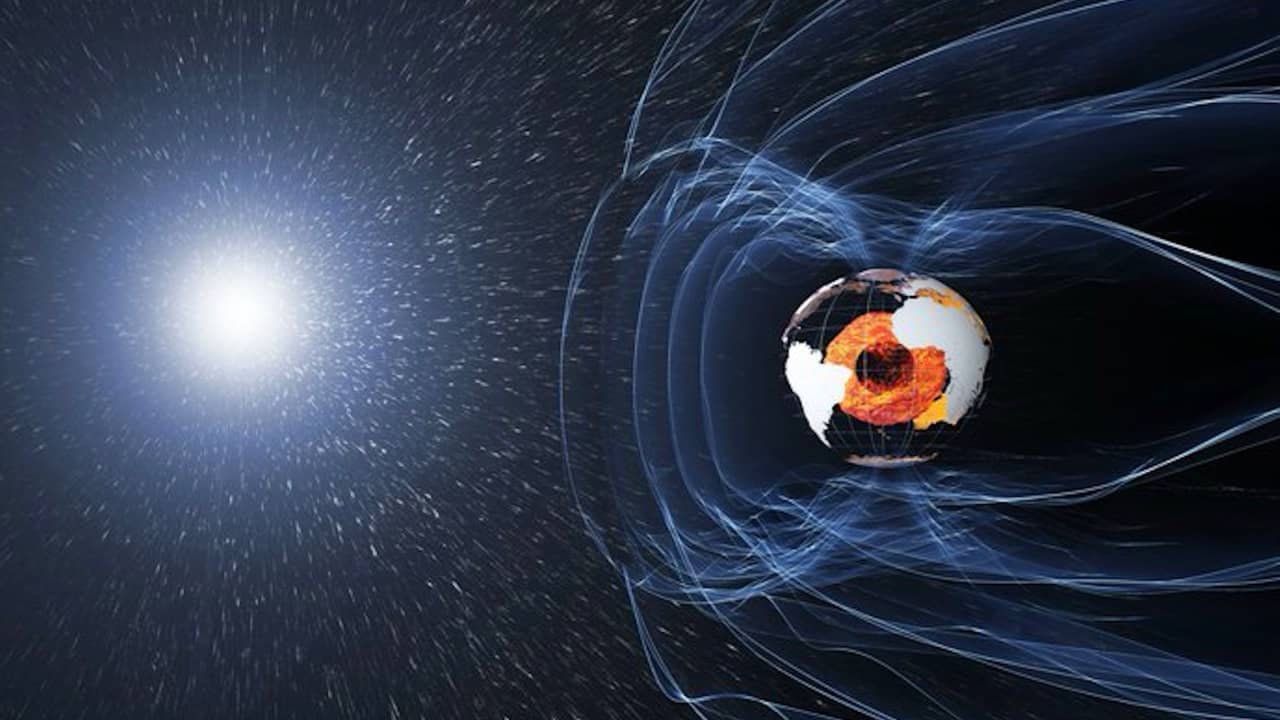
Earth’s Magnetic Field is Shifting – Is a Pole Reversal is on the Horizon?
Earth’s magnetic field, which plays a crucial role in protecting our planet from solar radiation and cosmic particles, is not static. It constantly changes, and currently, it’s shifting at a rate of about 30 miles per year. Some scientists believe that this shift could be a precursor to a full magnetic pole reversal, a rare event in which the magnetic North and South Poles swap places. While a reversal could have consequences, such as temporary disruptions to communication systems and navigation, it’s important to note that these events occur over geological time scales, and a complete reversal could take thousands of years to happen.

There Are More Possibilities in a Game of Chess Than There Are Atoms in the Observable Universe
Chess is a game of strategy and skill, and its complexity is mind-boggling. There are more possible iterations of a game of chess than there are atoms in the observable universe. This astonishing fact illustrates the vast number of potential moves, positions, and outcomes in the game. The number is estimated to be around 10^120, whereas the estimated number of atoms in the observable universe is around 10^80. This makes chess one of the most intricate games ever devised, and it showcases the boundless potential for human thought and creativity.

Some Rocks can actually Move on Their Own in Death Valley
In California’s Death Valley, a unique phenomenon occurs where large rocks appear to move across the desert floor, leaving long, winding tracks behind them. This mystery baffled scientists for decades until it was finally solved. It turns out that when conditions are just right—after a rainstorm when the ground is wet and frozen—wind can push the rocks, which are encased in sheets of ice, across the mud. As the ice melts during the day, it lubricates the rocks and allows them to slide, creating the enigmatic trails. The “sailing stones” of Death Valley are a captivating example of how natural forces can lead to seemingly inexplicable phenomena.

Buttered Toast Tends to Land Butter-Side Down When Dropped
You might be able to file this fact in your “useless information” drawer. The “buttered toast phenomenon” is a common occurrence in which people notice that when they accidentally drop a slice of buttered toast, it often lands butter-side down. This phenomenon is the result of several factors, including the height from which the toast is dropped, the angle at which it falls, and the time it takes for it to rotate. When toast falls from a typical table height, it doesn’t have enough time to complete a full rotation before it lands, leading to the buttered side facing downward. While it may seem like a peculiar observation, it’s a great example of the physics of rotation and the interplay of various forces.

In a Vacuum all Objects Fall at the Same Rate, No Matter Their Mass
Galileo Galilei’s famous experiment on the Leaning Tower of Pisa demonstrated that in a vacuum, where there is no air resistance, all objects fall at the same rate. This fundamental principle of physics means that a feather and a hammer, if dropped simultaneously in a vacuum, will hit the ground at the same time. It’s often counterintuitive because we’re accustomed to the effects of air resistance, which causes lighter objects to fall more slowly. However, in the absence of air, gravity is the sole force at play, and it affects all objects equally.

The Smallest Bone in the Human Body is in the Ear
The human ear contains the stapes bone, which is the smallest bone in the human body. It is part of the middle ear and plays a crucial role in transmitting sound vibrations from the eardrum to the inner ear. The stapes bone, also known as the stirrup bone, measures only a few millimeters in length. Despite its small size, its mechanical function is vital for our hearing, as it helps amplify and transmit sound waves with remarkable precision. This tiny bone highlights the intricate and delicate structures within the human body responsible for our ability to hear.

A Day on Mars is only about 24.6 hours Long, Making it Similar to a Day on Earth
Mars, often dubbed the “Red Planet,” possesses a day that differs from Earth’s in several intriguing ways. A day on Mars, known as a “sol,” has a duration of approximately 24 hours and 39 minutes, making it just a bit longer than an Earth day. This similarity in day length is a product of both planets orbiting the same star, the Sun. Despite this commonality, the Martian environment is vastly different, with a thin atmosphere, extreme temperature variations, and a strikingly unique landscape. A day on Mars includes many of the familiar aspects of a terrestrial day, such as periods of daylight and nighttime, with the Sun rising and setting. Due to the slight variation in day length compared to Earth, adjusting to the Martian day-night cycle is essential for missions and exploration.

Cows Tend to Align Themselves with the Earth’s Magnetic Field
Cows are known for their ability to sense the Earth’s magnetic field, and they tend to align themselves with it when grazing or resting. This magnetic sense, known as magnetoreception, is a form of animal navigation that helps cows, and potentially other animals, orient themselves. Researchers have observed that cows often prefer to align their bodies north-south or south-north when grazing or resting, and this alignment can vary depending on factors like age and the presence of power lines. The exact mechanisms of this magnetic perception in cows are still not fully understood, but it’s a fascinating example of animal behavior and their connection to the Earth’s magnetic field.

An Adult Human is Made up of Approximately 7,000,000,000,000,000,000,000,000,000 (7 octillion) Atoms
Atoms are the fundamental units of matter, responsible for shaping the composition and structure of the human body. An adult human consists of an astounding 7 octillion atoms, represented by the numerical equivalent of 7 followed by 27 zeros. These atoms come together in intricate combinations to build the diverse elements and molecules that form the intricate network of cells, tissues, and organs within the body. The sheer magnitude of atoms within the human body underscores the extraordinary complexity and precision that govern the functionality of this biological marvel. Every metabolic process, every heartbeat, and every thought can be attributed to the ceaseless interactions of these countless atoms, showcasing the marvel of life’s organization at the atomic level.
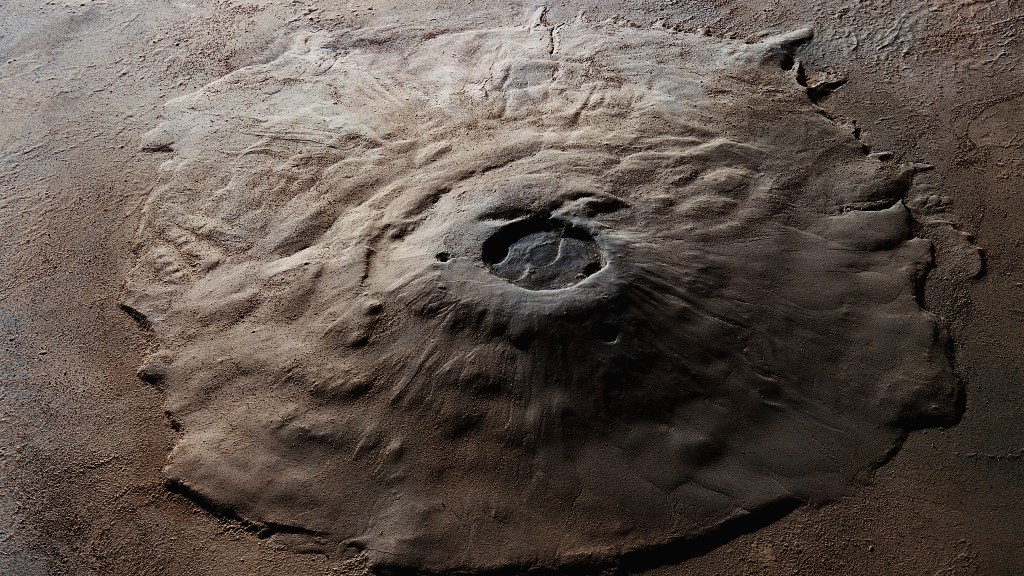
The Largest Volcano in the Solar System is Not on Earth but on Mars
While Earth is home to impressive volcanoes like Mauna Loa and Mount St. Helens, the largest volcano in the entire solar system is actually on Mars. Olympus Mons, located on the Martian surface, is a massive shield volcano that stands at over 69,000 feet (21.9 kilometers) in height. This towering volcano is nearly three times the height of Mount Everest, the tallest peak on Earth. Olympus Mons was formed through a combination of volcanic activity and the lack of tectonic plate movements on Mars. It serves as a reminder of the vast geological diversity within our solar system.

Water Can Exist in Three States Simultaneously Here
Water is unique in that it can exist in three states—solid, liquid, and gas—simultaneously under precise conditions of temperature and pressure. This unique point, known as the “triple point,” occurs at 0.01 degrees Celsius (32.018 degrees Fahrenheit) and a pressure of 611.657 pascals. At the triple point, water can coexist as ice, liquid water, and water vapor, all in equilibrium. This specific condition is used as the basis for defining the Kelvin temperature scale and the definition of the kelvin (the SI unit of temperature). It’s a fundamental concept in thermodynamics and an example of the precise conditions under which matter can exhibit unusual behaviors.
